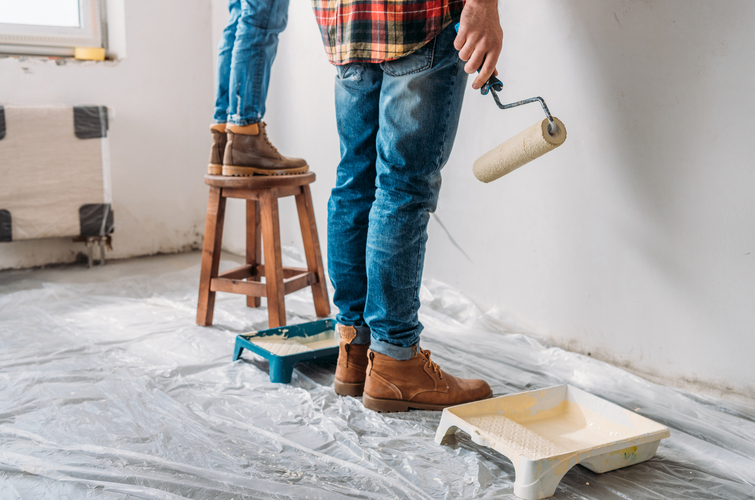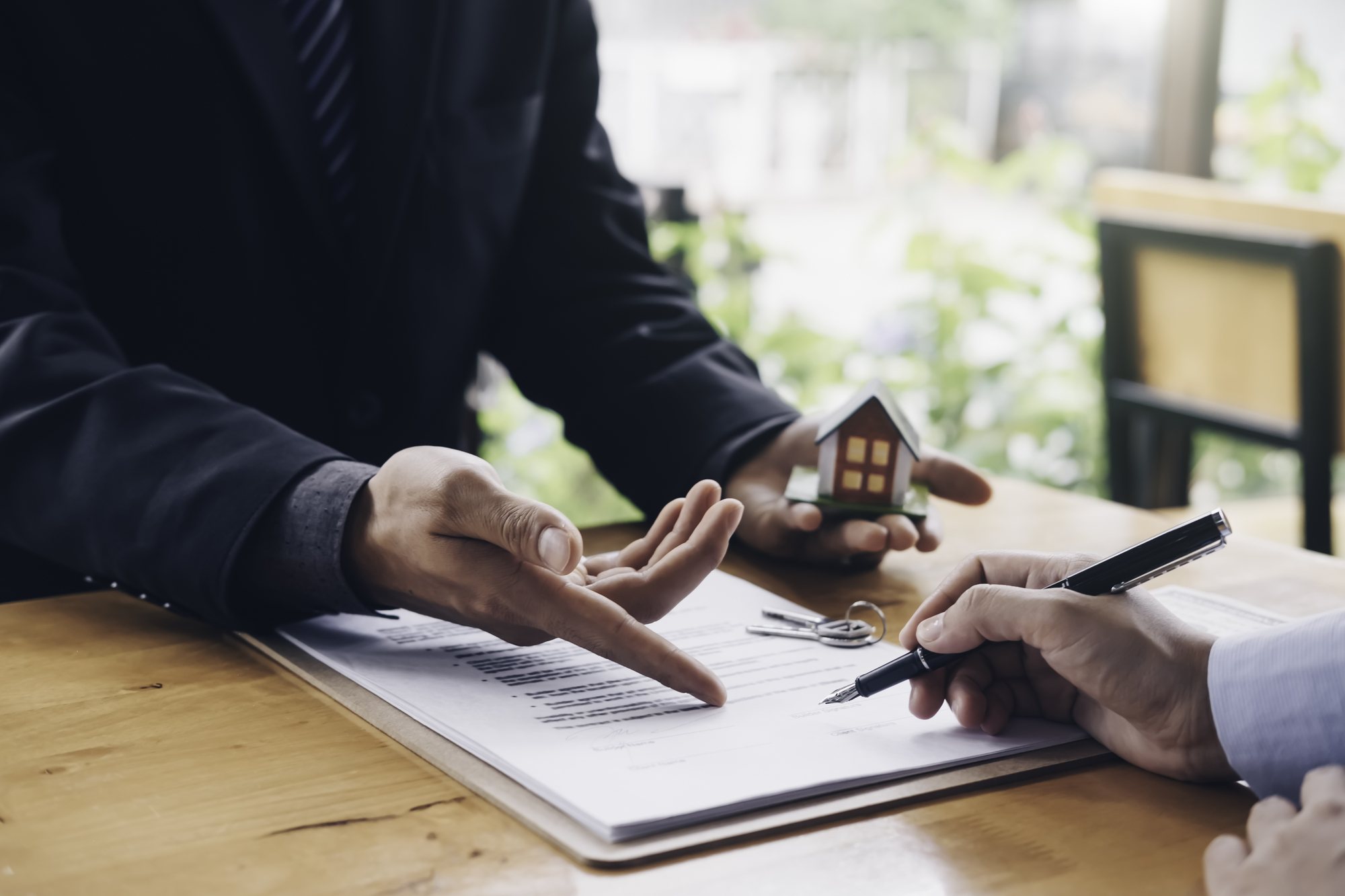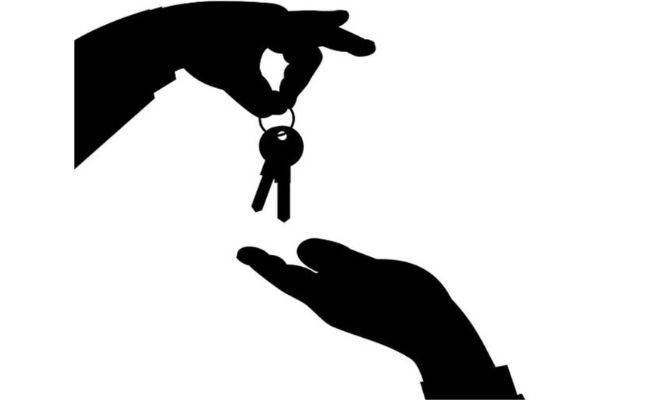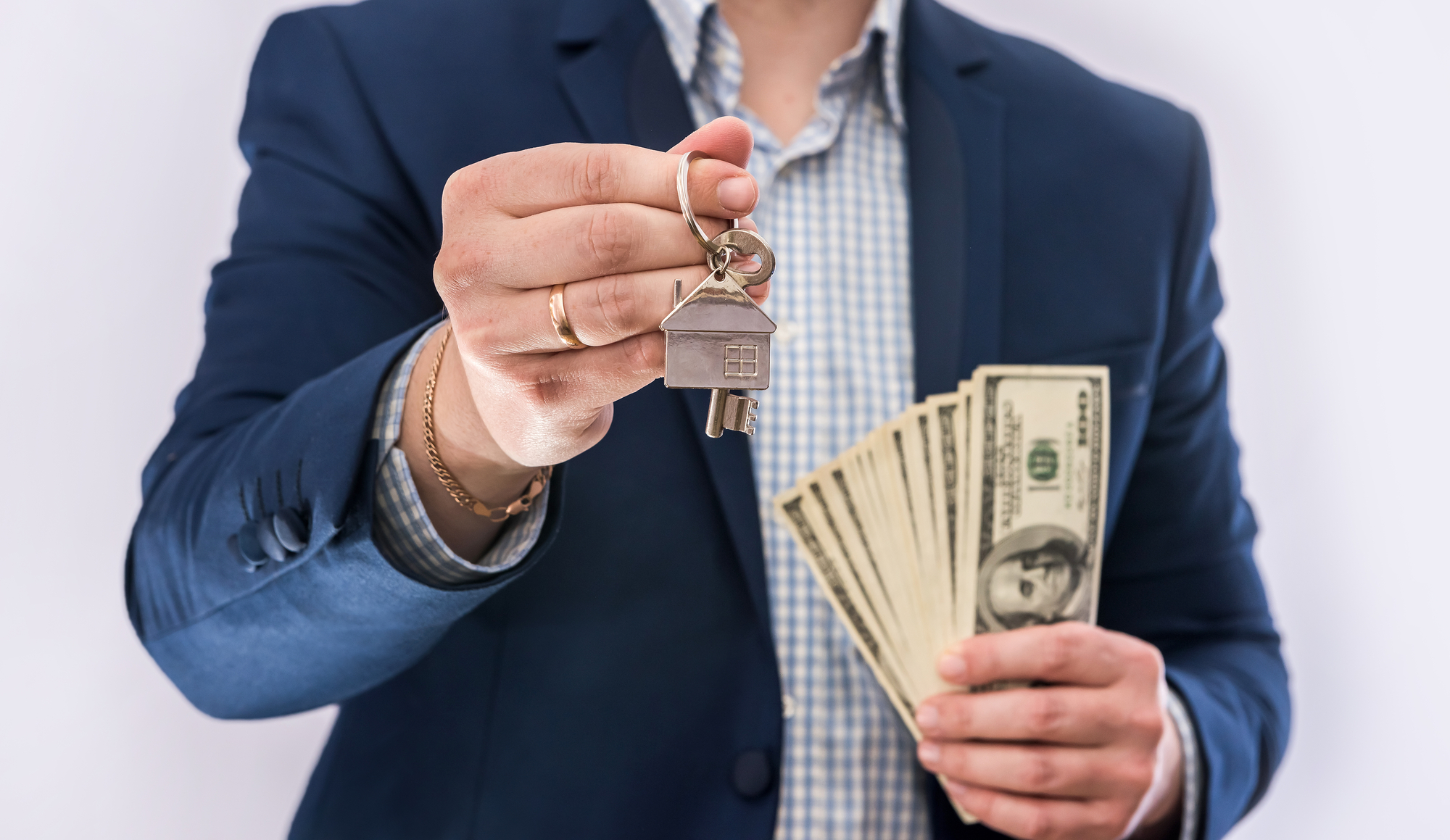is a popular investing method that some homeowners are choosing to do to make some extra money on the side.
While flipping houses can be a lucrative business, there is also quite a bit of strategy and risk involved. One of the most common strategies or “rules” for this investment method is the 70 rule.
Understanding the different strategies and components of house flipping can help you be successful in your real estate investing ventures.
The 70 Percent Rule
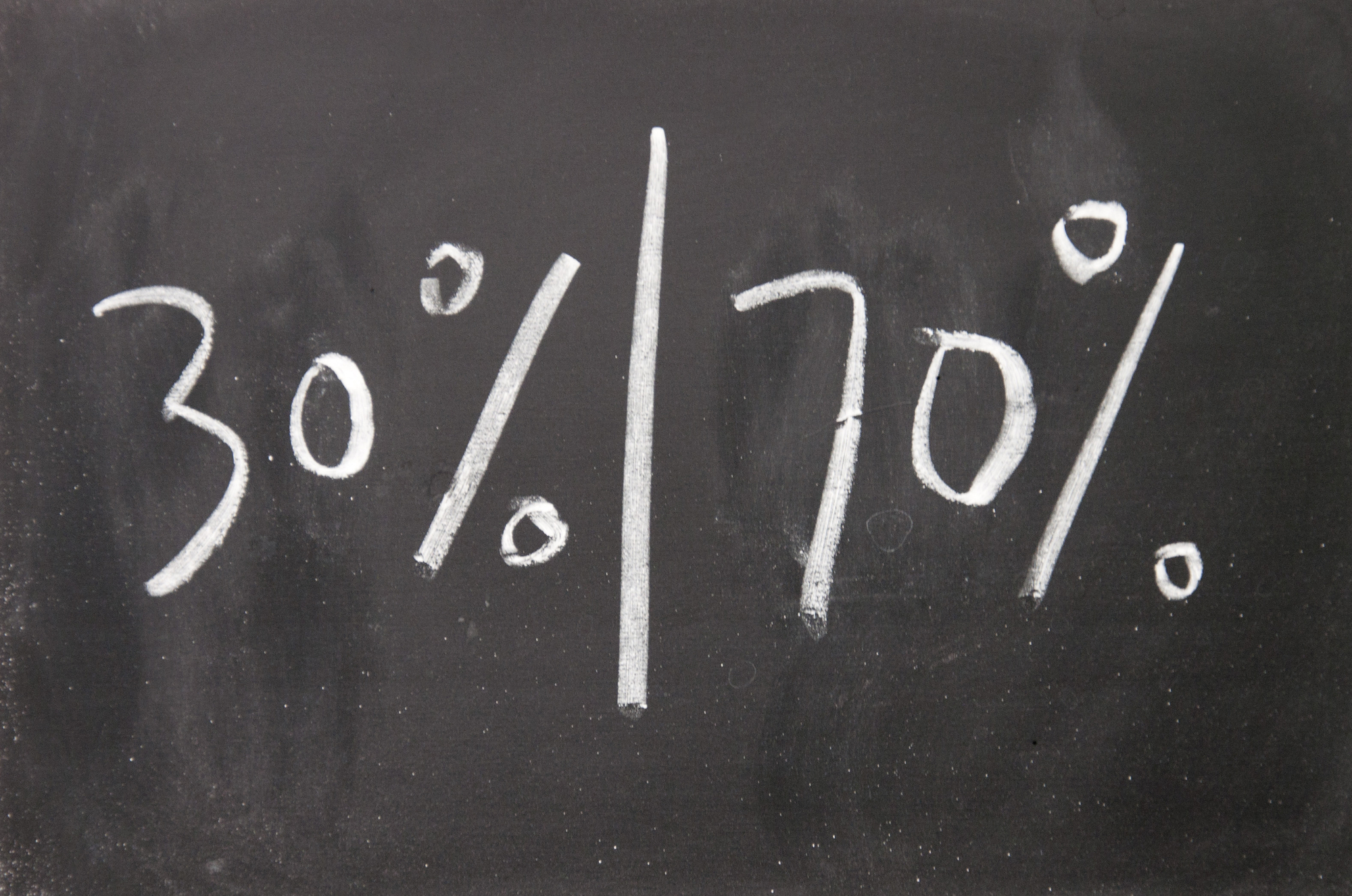
House flipping is a type of real estate investing where investors purchase properties with an intention of selling them for a profit. The primary goal of real estate flipping is to buy low and sell high.
The process involves buying a home or fixer-upper (or a distressed property) at a low purchase price, fixing it up, and selling it for a higher amount. Other experienced investors will try to go through a number of transactions in a short amount of time and just focus on buying low and selling high without renovating.
In its simplest terms, the 70% rule is a way for house flippers to determine the maximum buying price they can pay for a property they intend to flip for a profit.
The 70 rule in house flipping states that a house flip investor should only pay 70% of the After Repair Value (ARV) of a property, minus the estimated repair costs and renovation costs that are to be made to the property.
The After Repair Value
The ARV of a property is the amount a home could sell for after flippers renovate it. Basically, it can give a house flipper an estimate of the profit they may make on the property after the home’s repair and sale.
The 70 Rule Calculation
When buying a home to flip, investors need to estimate how much they believe the property could sell for after it’s been renovated. They can then multiply that amount by 70% and subtract it from the estimated cost of renovating the property. This simple calculation is represented in the following formula:
After-repair value (ARV) ✕ .70 − Estimated repair costs = Maximum buying price.
The resulting figure is the maximum purchase price that a real estate investor should consider paying for that property.
Other Considerations
While this 70% rule is just a general rule of thumb, market values, economic conditions, additional costs, and other variables should be considered and researched before moving forward and may change this rule.
Like with any investment or major purchase, you will want to conduct market research, work with industry professionals, and meet with contractors to determine an estimate of renovation costs or additional expenses for the needed renovations.
As well, if you plan on getting a mortgage or major loan to finance the investment property or the expected renovations you will want to consider the loan amount and its terms when evaluating your overall expenses and the home’s ARV.
Make sure to apply for mortgage approval so you can quickly gauge the maximum amount you can spend before you start looking at properties.
Calculating The Estimated Cost Of Repairs and After Repair Value

In order to even use the 70 percent rule, you need to know the estimated amount of repair costs and the home’s after-repair value.
Especially if you’re quite new to real estate investing or real estate in general, this can be the biggest challenge of the process.
Here are some guidelines for calculating the maximum price you should pay on the rental property in order to make a profit.
Determine The Home’s “As Is” Value
The first step is to calculate the current value of the property. This can often mean looking at the offer price and the asking price that the seller has listed. While the home’s sales price isn’t always a representation of the actual value, it can be a good starting point for determining the current “as is” value.
You may also consult local real estate agents and other home flippers who may have a bit more experience than you. Local agents can help you house hunt in the real estate market as well as help you find the as-is value and suggest a maximum offer price.
A real estate agent will also be able to help real estate investors with other parts of the home selling process, like finding potential buyers for the investment property, providing advice on sales strategies, and giving an estimate on a few other costs (like holding costs, carrying costs, buying costs, selling costs, closing costs, capital gains tax, etc).
Research Comparable Properties For The After Repair Value
The next step in finishing this calculation is to look at comparable homes to get an estimate of the property’s ARV. Before purchasing a flip, you need to be well-educated on your area’s current real estate market.
Again, you can consult local real estate agents and other investors who have purchased properties in the area. In order to estimate a home’s projected ARV, look at the sale prices of comparable homes that have been renovated in order to be move-in ready.
Estimate Cost Of Repairs You Will Pay
Finally, you need to make an estimate on the cost of repairs. This is one of the most critical parts of the 70 rule, as it will help you figure out your profit margin. For this step, you will need to enlist the help of a contractor who is able to provide an expert opinion on what it would take to bring the home to its full potential.
As well, the contractor will be able to provide a more detailed analysis of the renovation, including the materials they would use, the cost of those materials, and the approximate amount of time that it will take to complete the renovations.
Some Considerations For Using the 70 Rule
While the 70 percent rule is a great starting point, there are also some costs that aren’t included but must be considered so you can leave room for them.
Some of these costs include:
- homeowners insurance
- property taxes
- capital gains tax
- financing costs
- interest payments
- closing fees
- title insurance
As with any investment, it’s important to have an exit strategy (or “escape plan”) that can help you get out of a sour investment without losing a lot of money.
This is also why the 70 rule gives you a maximum allowable offer so that you aren’t spending too much money on something that may not give you a large profit.
Final Thoughts
House flipping can be a great investment method when done properly. The 70 rule is one of the main strategies that investors use when flipping properties. Understanding the rule and how to calculate the different values and repair costs can help you make money and avoid overspending.
Helana Mulder is one of REP/CREW magazine’s content writers and has been writing with them for a few months now. Helana’s interest in real estate writing began when her father started his real estate business over 15 years ago. After graduating from university with a degree in English Writing and Communications, Helana began writing content professionally. Outside of work, Helana enjoys listening to music, playing card games with friends, and reading the latest true crime novel.


